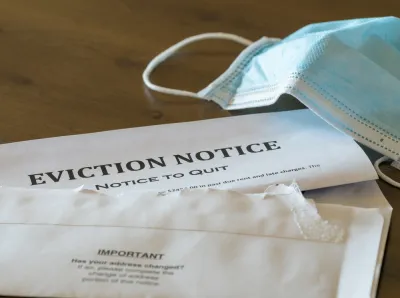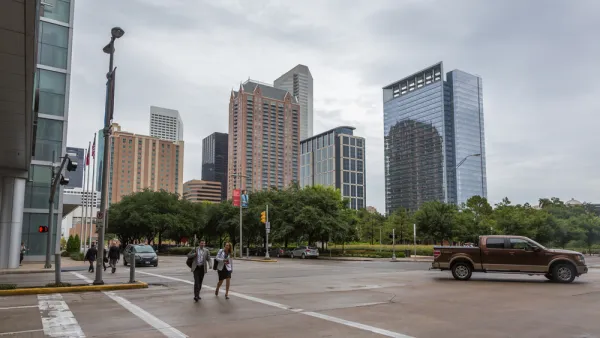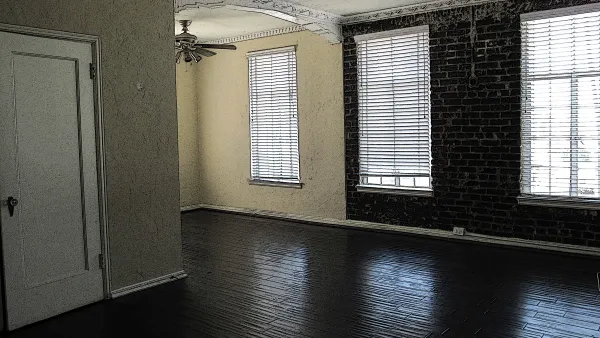With the eviction moratorium set to expire soon, states and localities must do more to streamline the application process and get federal assistance dollars into the hands of renters facing eviction.

The Urban Institute's Mary K. Cunningham, Kathryn Reynolds, and Christopher Davis assess the rate of distribution for federal rental assistance dollars, providing some recommendations for states and cities to streamline their processes and get rental assistance to those who need it most. "Assuming the Treasury maintains its May 2021 distribution rate (5,153 households per day), it would take 627 days, or about 21 months, to reach all 3.2 million renters who believe they will be evicted."
"The eviction moratorium expires in 17 days, and although some jurisdictions are ensuring that no one is evicted without first exhausting emergency relief options, most jurisdictions don’t have these stopgaps. Even the ones that do have these stopgaps still need to figure out the logistics of getting relief funds to renters." Additionally, "[m]any state and local jurisdictions didn’t have rental assistance programs before the pandemic, often because there wasn’t robust federal funding to meet the need."
The authors write that despite encouragement from the Treasury to simplify the application process, "most states and localities are not allowing for self-attestation for income, housing instability, and lease or proof of tenancy." They offer three proposed methods for streamlining the process:
- "Knock on doors to reach out to those eligible."
- "Allow for self-attestation for all eligibility requirements," as federal programs do.
- "Provide rental assistance in the courts through eviction diversion programs," which should include "case management and housing navigation services which can also be funded using emergency relief dollars."
FULL STORY: Three Ways States and Localities Can Get Rental Assistance to People Faster

Analysis: Cybertruck Fatality Rate Far Exceeds That of Ford Pinto
The Tesla Cybertruck was recalled seven times last year.

National Parks Layoffs Will Cause Communities to Lose Billions
Thousands of essential park workers were laid off this week, just before the busy spring break season.

Retro-silient?: America’s First “Eco-burb,” The Woodlands Turns 50
A master-planned community north of Houston offers lessons on green infrastructure and resilient design, but falls short of its founder’s lofty affordability and walkability goals.

Test News Post 1
This is a summary

Analysis: Cybertruck Fatality Rate Far Exceeds That of Ford Pinto
The Tesla Cybertruck was recalled seven times last year.

Test News Headline 46
Test for the image on the front page.
Urban Design for Planners 1: Software Tools
This six-course series explores essential urban design concepts using open source software and equips planners with the tools they need to participate fully in the urban design process.
Planning for Universal Design
Learn the tools for implementing Universal Design in planning regulations.
EMC Planning Group, Inc.
Planetizen
Planetizen
Mpact (formerly Rail~Volution)
Great Falls Development Authority, Inc.
HUDs Office of Policy Development and Research
NYU Wagner Graduate School of Public Service




























